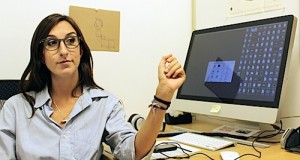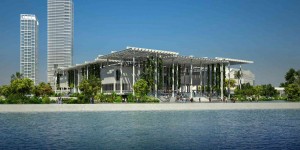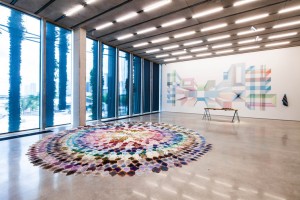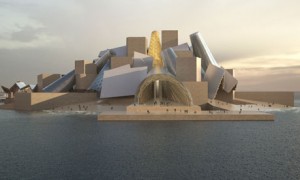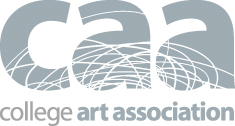Moving to Chicago from Tampa, FL in 2010 had a lot to do with my arts education and everything to do with place- looking forward to present day, this idea of place has been a valuable part of my arts education. The architectural landscape and feel of Chicago was significant in many ways. It was charming. It was steep in a particular type of cultural integrity and commitment to that. It had something to say in a language descriptive of ambitious and hustler.
What I didn’t imagine even more specific to all of these things would be becoming a part of an artistic community who’s way of thinking and modes of artistic production would translate outside of this place as a Chicago way of making a way.
I spoke with Diana Nawi on regionalism in art- after her presentation at CAA earlier this week- which for her also began as a way of thinking about contemporary art, place and site while living here in Chicago.
La Keisha Leek: Who is Diana Nawi?
Diana Nawi: I am many things, but most officially, I am an Associate Curator at the Pérez Art Museum Miami.
LL: Tell me about your curatorial practice.
DN: My curatorial practice is varied and responds to my institution and my context. I gravitate towards work that has a strong engagement with history and socio-politcal issues, opening up a space to re-envision what’s possible in the world, but I also find a lot of interest in the intimacies of language and the handmade. Right now I am really enjoying working with mid-career artists on producing ambitious new works–it’s great to be able to allow an artist the space and resources to expand and challenge their practice, or bring something long-term to fruition.
LL: What brings you to CAA?
DN: I presented a paper, “Strategic Regionalism: A Proposal,” in a session on Wednesday morning, “Regionalism in Art: New Perceptions of Here” organized by Claire E. Schneider and Xandra Eden.
LL: When did Regionalism enter the discourse for you and how has that continued to inform the ways in which you approach exhibition making and thinking about contemporary art?
DN: Regionalism is something I started thinking about here in Chicago when I was working at the MCA, looking at the movements and moments that were really tied to this place. But I especially became interested in regionalism while working on the Guggenheim’s Abu Dhabi Project, where fundamental questions of what constitutes the global/local/regional fields were being addressed and assessed through curatorial work and the idea of “the region” was being continually thought through.
More recently, my time in Miami has lead me to think that a notion of regionalism, not strictly as a geography, but as a lens of interests and affinities, could be very useful in developing a broad intellectual and curatorial platform.
LL: As a curator and writer whose work extends far beyond an institution, how important do feel the role of arts education to be?
DN: Arts education is so vital to the individual and to culture and society as a whole. It’s invaluable; it helps make us creative, thoughtful, engaged citizens.
LL: In what ways does CAA’s annual conference assist in this effort for emerging art historians, curators and artists?
DN: The conference is a great moment to come together as different practitioners and exchange ideas and scholarship. I really value the opportunity to see what my peers and colleagues all over the country are working on and what conversations are happening elsewhere.
LL: What exhibitions or programs going on during CAA are you looking forward to attending while in Chicago?
DN: I’m excited to see exhibitions at the MCA, the Art Institute, and the Renaissance Society. And, there are a lot of great sessions happening here at CAA which I look forward to checking out.
Moving to Chicago from Tampa, FL in 2010 had a lot to do with my arts education and everything to do with place- looking forward to present day, this idea …

